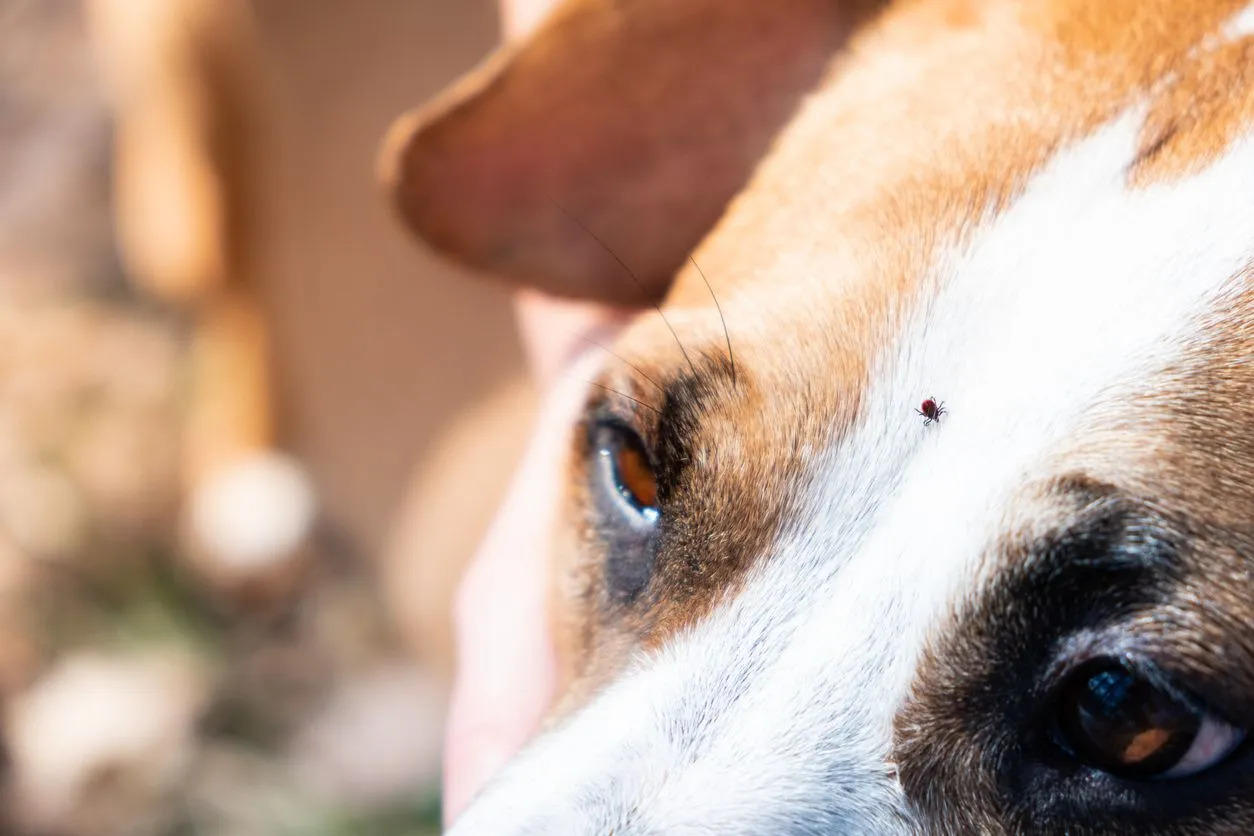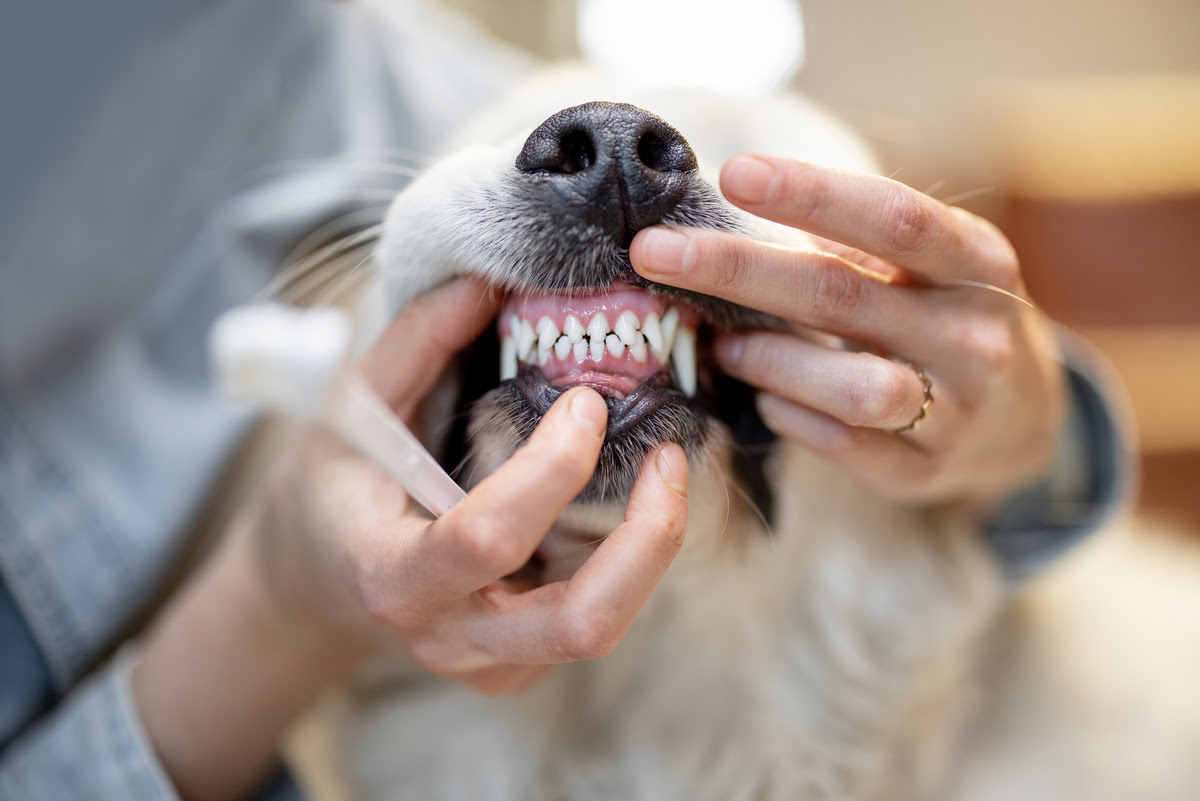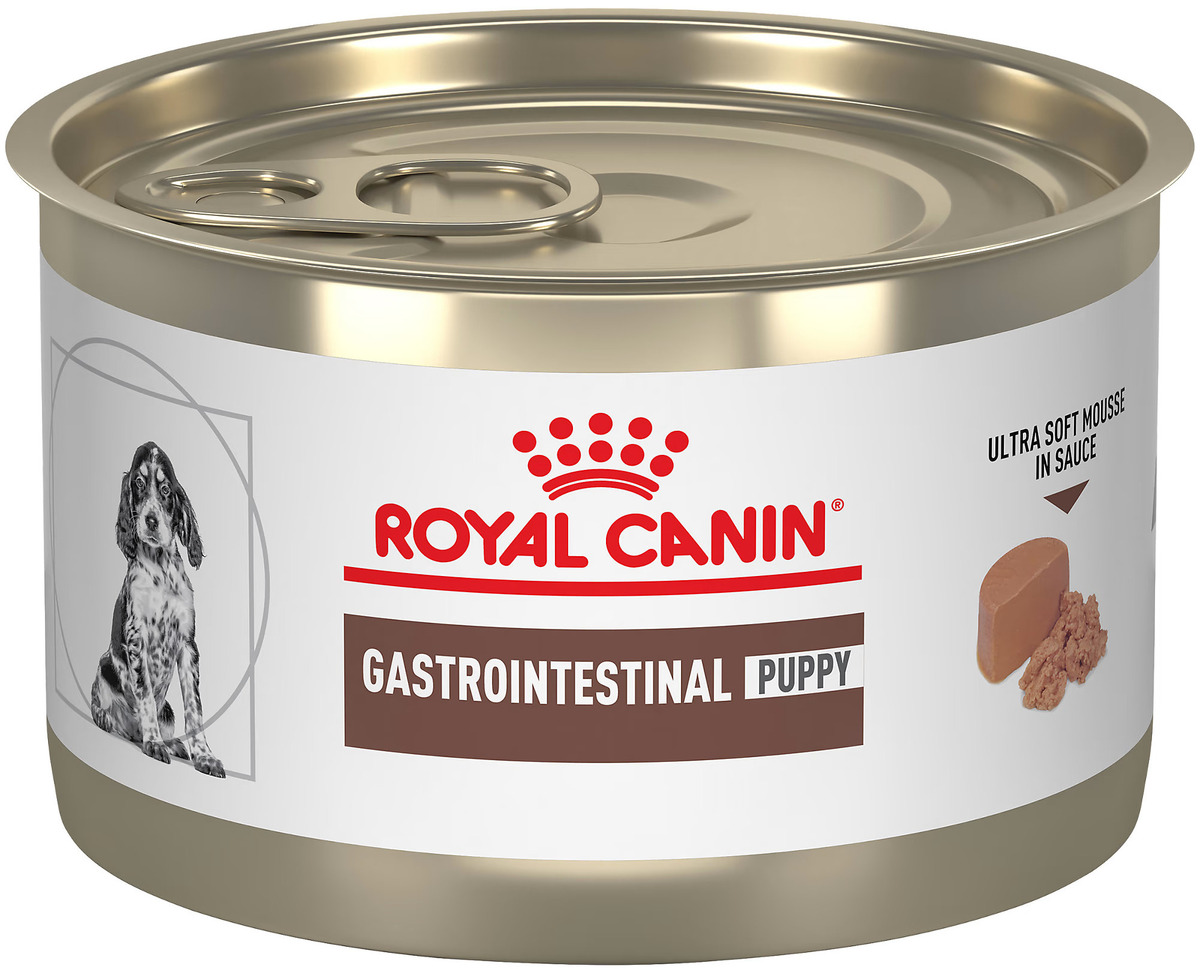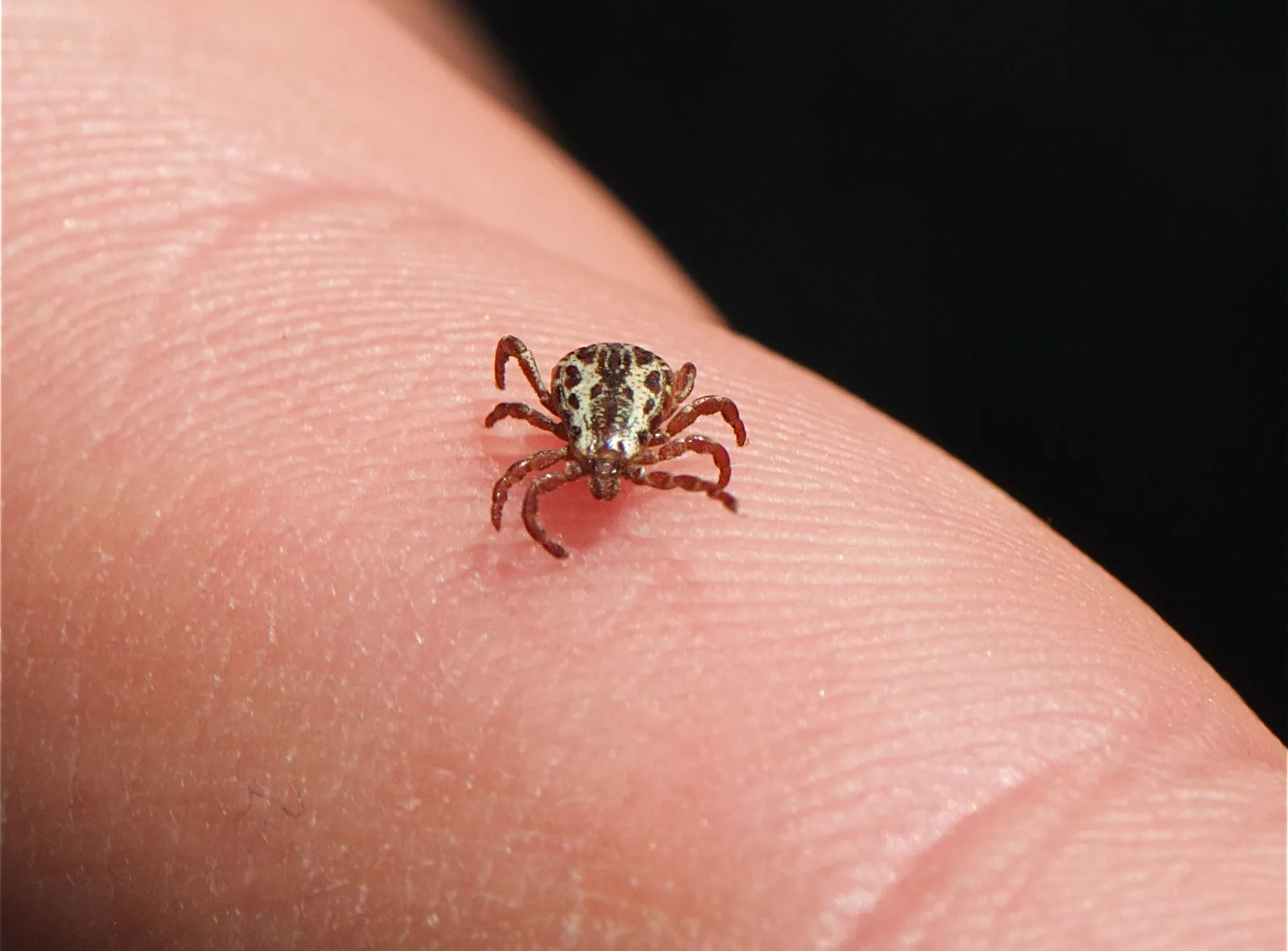Home>Health & Wellness>Common Health Issues>Neurological Health>Canine Cushing’s Disease: A Comprehensive Guide for Dog Parents


Neurological Health
Canine Cushing’s Disease: A Comprehensive Guide for Dog Parents
Modified: November 27, 2023
Canine Cushing's Disease (CD) is a condition that affects older dogs, primarily those over the age of eight. Read on to find out more.
(Many of the links in this article redirect to a specific reviewed product. Your purchase of these products through affiliate links helps to generate commission for Pawsomeoldies.com, at no extra cost. Learn more)
As a dog parent, hearing the term Canine Cushing’s Disease (CD) can be intimidating. It’s a condition that affects older dogs, primarily those over the age of eight, and is caused by an overproduction of cortisol. Understanding CD is crucial for early detection and management. Here’s a detailed guide to help you navigate this condition.
What is Canine Cushing’s Disease?
Canine Cushing’s Disease, also known as hyperadrenocorticism, typically occurs when a dog’s adrenal glands produce too much cortisol. This excess can be due to various reasons, including a tumor in the pituitary or adrenal gland or prolonged use of corticosteroid medications.
Symptoms of Canine Cushing’s Disease
The symptoms of CD can be easily mistaken for common signs of aging, which is why they often go unnoticed. Key symptoms include:
- Increased thirst and urination
- Loss of muscle and weakness
- Thinning skin and hair loss
- Obesity and lethargy
Causes Behind the Condition
CD can be a naturally occurring syndrome or induced by external factors like prolonged steroid medication. Certain breeds, like Poodles, Dachshunds, and Beagles, are more prone to developing CD.
Types of Canine Cushing’s Disease
There are three main types of CD:
- Pituitary-Dependent CD: Caused by a tumor in the pituitary gland, accounting for 80-85% of cases.
- Adrenal Gland Tumor: Tumors in the adrenal glands, either benign or malignant.
- Iatrogenic CD: Resulting from prolonged use of corticosteroid medications.
How CD Affects Your Dog’s Health
While CD isn’t inherently painful, it can lead to:
- High blood pressure
- Bladder stones
- Diabetes
- Chronic skin and urinary tract infections
Diagnosing Canine Cushing’s Disease
Diagnosis involves blood and urine tests and can be quite expensive. It’s vital to get a proper diagnosis to ensure the right treatment plan.
Treatment Options
Treatment depends on the type of CD and may involve surgery or medication. The goal is to manage symptoms and improve your dog’s quality of life.
The Role of Diet and Exercise in Managing CD
A balanced diet and regular exercise are vital in managing Canine Cushing’s Disease. They help control weight and reduce the strain on your dog’s body systems.
The Importance of Regular Vet Visits
Regular check-ups with your vet are crucial for monitoring your dog’s condition and adjusting treatment as necessary. They also provide an opportunity to discuss any concerns or changes you’ve noticed in your pet.
Read more: What Is Sunken Eye Disease In Dogs?
Managing Medication for CD
If your dog is on medication for CD, consistent monitoring is essential. This ensures the medication is effective and allows for any necessary adjustments.
Understanding Long-Term Management
Managing CD is a long-term commitment. It requires ongoing attention to your dog’s health and well-being, ensuring they lead a comfortable life despite the condition.
The Emotional Aspect of Caring for a CD Dog
Caring for a dog with CD can be emotionally challenging. It’s important to seek support from veterinarians, support groups, or online communities.
Watching for Progression of Symptoms
Be vigilant about any changes in your dog’s symptoms. Early detection of any worsening conditions can make a significant difference in the management of CD.
Creating a Comfortable Environment
Make your home as comfortable as possible for your dog. This includes easy access to water, a comfortable resting area, and avoiding stressful situations.
Navigating the Challenges Together
Remember, while CD is a challenging condition, with the right care and attention, your dog can still enjoy a good quality of life. Your love and support are crucial components of their treatment.
Embracing Each Day with Your Furry Friend
In conclusion, while Canine Cushing’s Disease presents unique challenges, understanding and managing the condition can help your dog lead a more comfortable life. Embrace each day with your furry friend, celebrating the small victories and cherishing the time you have together.












